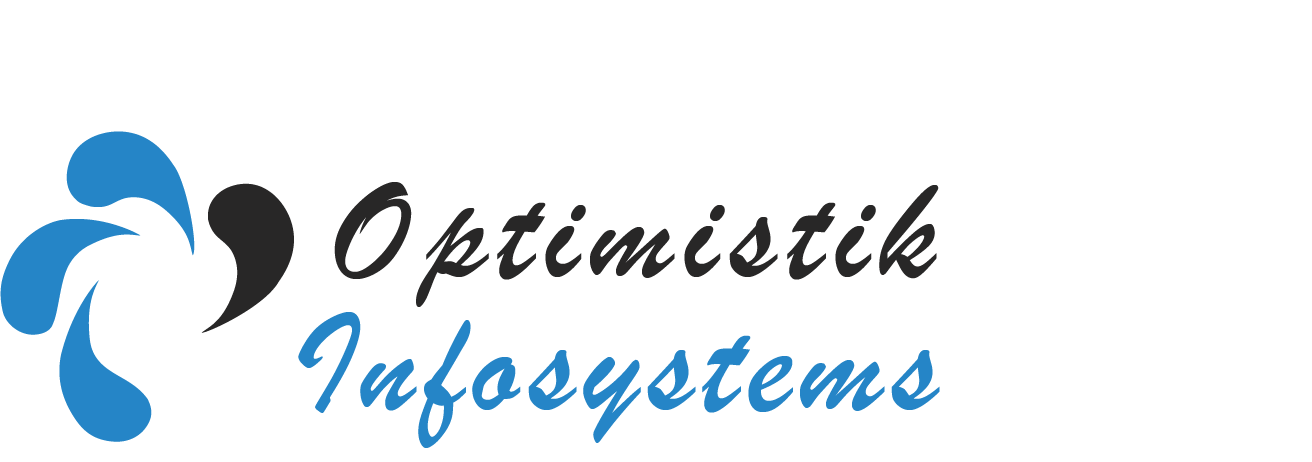Database Management and Reporting with Microsoft Technologies
Course Description:
This course provides a comprehensive overview of database management and reporting using Microsoft technologies. Participants will learn to design, implement, and manage databases using SQL Server, and create insightful reports with SQL Server Reporting Services (SSRS) and Power BI. The course covers essential database concepts, advanced SQL queries, and best practices for data visualization and reporting.
Course Objectives:
- Understand the fundamentals of database management.
- Learn to design and implement databases with Microsoft SQL Server.
- Master advanced SQL querying techniques.
- Create and manage reports using SQL Server Reporting Services (SSRS).
- Develop interactive and insightful dashboards with Power BI.
Course Outline:
Module 1: Introduction to Database Management
- Overview of Database Concepts
- Relational vs. Non-Relational Databases
- Introduction to Microsoft SQL Server
- Installing and Configuring SQL Server
Module 2: Database Design and Implementation
- Principles of Database Design
- Creating Databases and Tables
- Defining Relationships and Constraints
- Normalization and Denormalization
Module 3: Advanced SQL Queries
- Writing Complex SQL Queries
- Using Joins, Subqueries, and Common Table Expressions (CTEs)
- Working with Views and Stored Procedures
- Indexing and Query Optimization
Module 4: Data Integrity and Security
- Ensuring Data Integrity with Constraints and Triggers
- Implementing Security Measures in SQL Server
- Managing Roles and Permissions
- Auditing and Compliance
Module 5: Introduction to SQL Server Reporting Services (SSRS)
- Overview of SSRS
- Installing and Configuring SSRS
- Understanding Report Components and Architecture
Module 6: Creating and Managing Reports with SSRS
- Designing Simple Reports
- Using Report Builder and Report Designer
- Adding Parameters, Filters, and Expressions
- Deploying and Managing Reports
Module 7: Advanced Reporting with SSRS
- Creating Drill-Down and Drill-Through Reports
- Implementing Subreports and Linked Reports
- Using Charts, Graphs, and Data Visualizations
- Managing Report Subscriptions and Delivery
Module 8: Introduction to Power BI
- Overview of Power BI
- Setting Up Power BI Service and Power BI Desktop
- Connecting to Various Data Sources
- Data Modeling and Transformation with Power Query
Module 9: Creating Interactive Dashboards with Power BI
- Designing Power BI Reports and Dashboards
- Using DAX (Data Analysis Expressions) for Calculations
- Creating Interactive Visuals and Slicers
- Sharing and Publishing Dashboards
Module 10: Data Integration and ETL
- Introduction to ETL (Extract, Transform, Load) Processes
- Using SQL Server Integration Services (SSIS)
- Data Migration and Synchronization
- Integrating Data from Multiple Sources
Module 11: Best Practices and Performance Tuning
- Database Maintenance and Backup Strategies
- Performance Tuning and Optimization Techniques
- Best Practices for Report Design and Data Visualization
- Monitoring and Troubleshooting
Module 12: Capstone Project and Case Studies
- Real-World Case Studies in Database Management and Reporting
- Final Project: Design, Implement, and Report on a Database Solution
- Presentation and Review of Projects
- Exploring Advanced Topics and Future Trends
Course Duration:
- Total Duration: 12 Weeks
- Weekly Commitment: 6-8 hours
Prerequisites:
- Basic understanding of database concepts
- Familiarity with SQL and relational databases
- Basic knowledge of data visualization concepts is a plus
Learning Resources:
- Official Microsoft Documentation
- SQL Server Management Studio (SSMS)
- SSRS and Power BI Tools
- Community forums and online tutorials
Assessment and Certification:
- Weekly quizzes and practical assignments
- Final project: Design and report on a database solution using SQL Server, SSRS, and Power BI
- Certificate of Completion upon successfully meeting course requirements
This course is designed for database administrators, data analysts, and IT professionals looking to enhance their skills in database management and reporting using Microsoft technologies.
